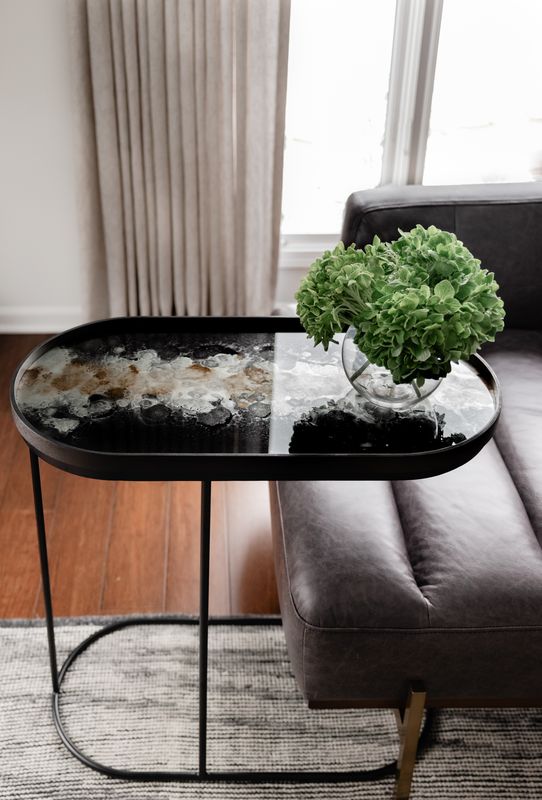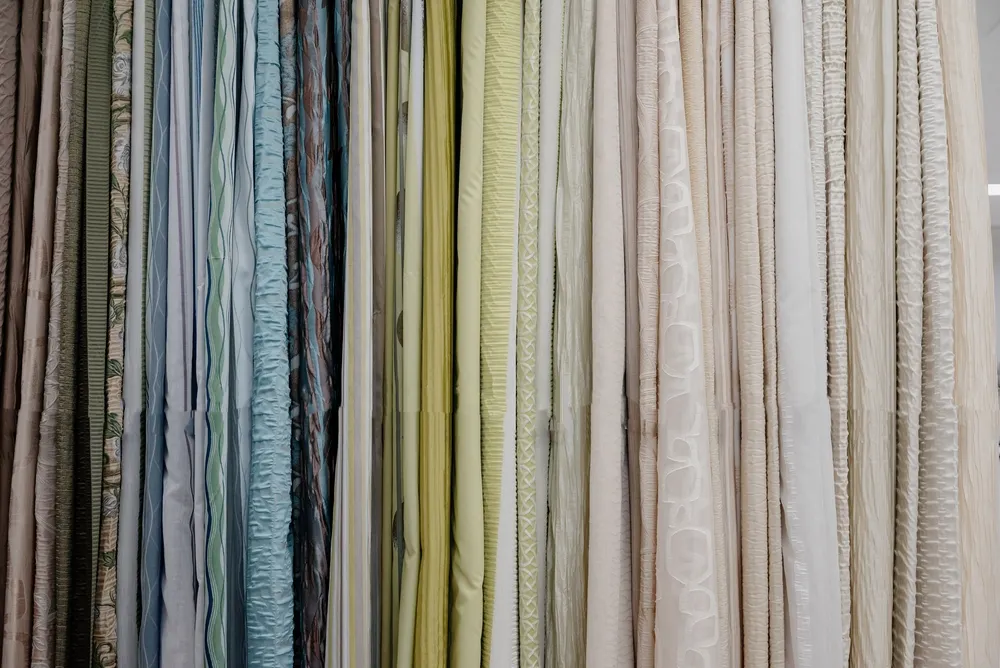Curtains add elegance and personality to a room, playing a crucial role in both its function and aesthetic. The type and style of pleats in curtains dramatically affect their length, drape, fullness, and overall appearance. Understanding the various pleat options is essential for selecting the right look for any window treatment.

Pleats can vary from classic to modern, with each type offering a different vibe and utility. Pinch pleats, known for their tailored look, involve gathering the fabric at the top in groups, creating a series of equally spaced single, double, or triple pleats. On the other hand, box pleats are marked by their deep folds, which create a structured and formal appearance. Goblet pleats offer a similar structure but with an added touch of sophistication; they are pinched at the bottom, allowing the top to open up like a goblet.
For those who prefer a more casual look, tab top and rod pocket curtains provide a simpler and more understated approach. The fabric is either looped over the rod or encased to create a non-pleated, flowing effect. Each pleat type not only dictates the visual aspect of the curtain but also impacts functionality, affecting factors like ease of movement and light control.
Pleat Varieties

Source: Types Blog
Each variety of pleat offers a distinct aesthetic and functionality for curtain designs, ranging from formal, structured looks to more casual, free-flowing styles.
Pinch Pleats
Pinch pleats are a classic and elegant style characterized by fabric gathered into groups of tight, sewn-in folds at the top. They create a tailored look and are often hung using hooks inserted into the back of the pleat.
Box Pleats
Box pleats present a crisp and clean appearance, with folds that create a boxy look. The pleats are spaced evenly and fold back onto themselves, forming a flat, rectangular top that is especially suited for a modern and formal setting.
Goblet Pleats
Goblet pleats resemble the shape of a goblet or wine glass, with fabric rounded at the top and cinched below to maintain its structure. These pleats add an element of sophistication to the décor and are ideal for more decorative, less frequently moved curtains.
Pencil Pleats
Pencil pleats are thin and tightly gathered, offering a more casual appearance. The pleats look like a row of pencils, hence the name, and provide versatility as they can be used with most fabric types and curtain rod styles.
Cartridge Pleats
Cartridge pleats are similar to pencil pleats but feature a wider, cylindrical shape for a bolder statement. The rounded folds arranged tightly next to each other create fullness at the top, making this design suitable for heavier fabrics.
Pleat Durability and Maintenance

Source: Swift Direct Blinds
Pleat durability and maintenance are crucial for the longevity and appearance of curtain pleats. Proper care ensures they hold their shape and resist wear over time.
Cleaning and Care
- Regular Dusting: Use a soft brush or vacuum with a drapery attachment to remove surface dust at least once a month.
- Spot Cleaning: Tend to spills and stains immediately with a mild detergent, avoiding harsh rubbing that can damage the fabric.
- Dry Cleaning: Most pleated curtains should be dry cleaned to prevent pleats from falling out. Check the label for fabric-specific instructions.
Longevity Considerations
- Fabric Type: Heavy fabrics and lined curtains often maintain pleat shape better over time compared to lightweight materials.
- Quality of Construction: Curtains with stiffened headers and quality stitching are less prone to pleat sagging.
- Sunlight Exposure: Minimize direct sunlight with liners or window films to prevent fabric weakening and color fading, which can affect pleat integrity.
Fabric Choices and Considerations

Source: Aura
When selecting fabric for pleated curtains, one must consider the material’s suitability for pleating, the weight, and how color and pattern will affect the overall look.
Suitable Fabrics for Pleating
Certain fabrics hold pleats better than others. Cotton and linen offer sharp, crisp pleats, while polyester and blends are known for their durability and ease of maintenance. Fabrics like silk and velvet can create elegant, flowing pleats but may require professional handling.
- Cotton and Linen: Best for sharp pleats
- Polyester Blends: Durable, easy-care
- Silk and Velvet: Luxurious, professional care needed
Impact of Fabric Weight
The weight of the fabric greatly influences the draping quality and the structure of pleats.
- Lightweight Fabrics: Such as organza or voile, tend to create delicate, floaty pleats.
- Medium-weight Fabrics: Like sateen or brocade, offer a balance between form and function, suitable for most styles.
- Heavyweight Fabrics: Including velvet or tapestry, hold deep, defined pleats and add a sense of grandeur to a room.
Color and Pattern Influence
The choice of color and pattern can either accentuate or downplay the pleating effect.
- Solid Colors: Highlight the pleat’s form and work well in minimalist or contemporary decors.
- Bold Patterns: Can obscure the detail of pleats and are better suited for statement curtains in larger spaces.
- Subtle Patterns: Enhance pleats subtly, adding texture and interest without overwhelming the design.
Design and Styling Tips

Source: A House in the Hills
Proper coordination and styling of pleated curtains can transform the aesthetic appeal of any room. Selecting the right pleats and accessories ensures a harmonious and polished look.
Coordinating with Room Decor
- Color Matching: Select curtain colors that complement the existing color palette of the room.
- Pattern Integration: If the room features patterns, choose pleated curtains with subtle designs to avoid clashing.
Creating Desired Atmosphere
- Light Control: Sheer pleats create a soft, diffused light, enhancing a room’s ambience, while thicker fabrics offer more privacy and darkness.
- Volume Decisions: Fuller pleats add grandeur and a sense of luxury; sleek, tailored pleats present a modern, clean appearance.
Accessorizing Pleated Curtains
| Accessory | Purpose | Styling Tip |
|---|---|---|
| Tiebacks | To hold curtains neatly to the side | Match with room’s hardware or fabric elements. |
| Decorative Rods | To complement the curtains and room decor | Choose finishes that echo other metal tones. |
| Holdbacks | To draw curtains back and shape their drape | Coordinate shapes and styles with room theme. |
